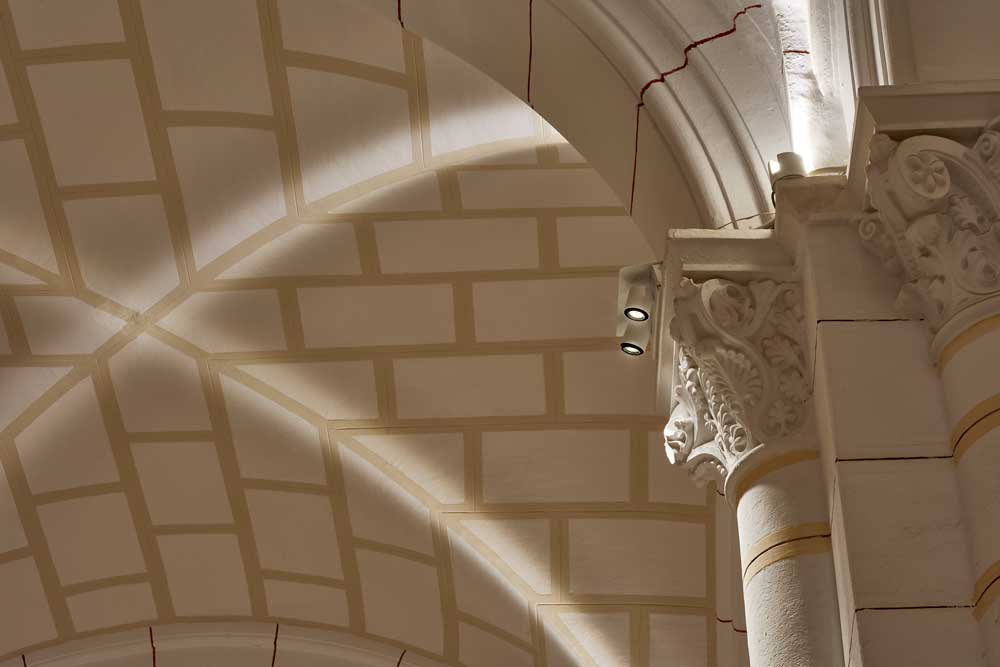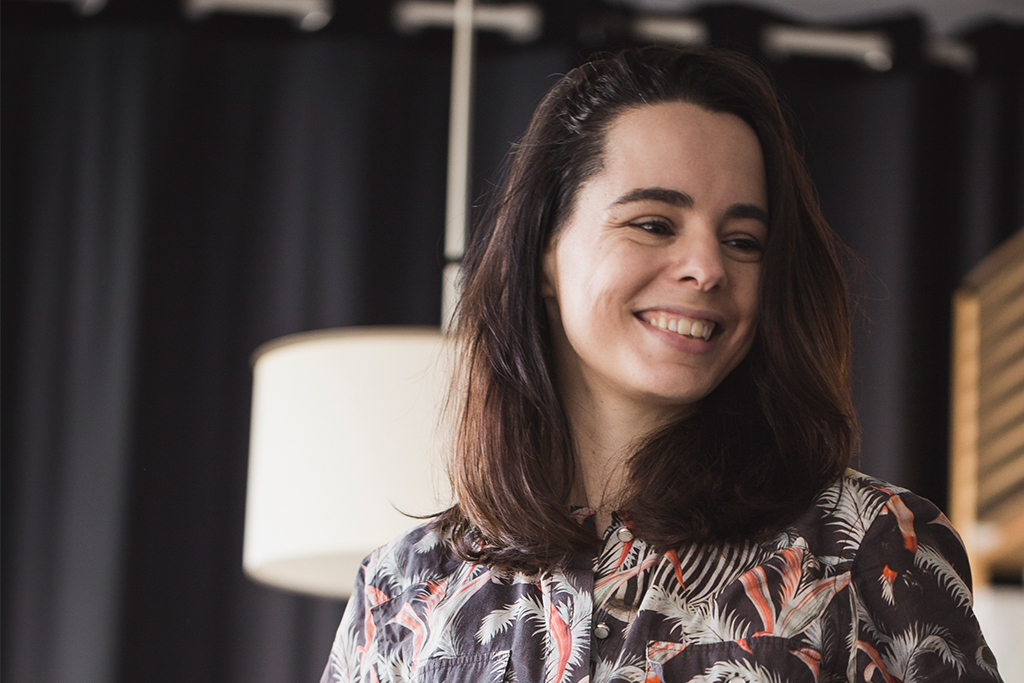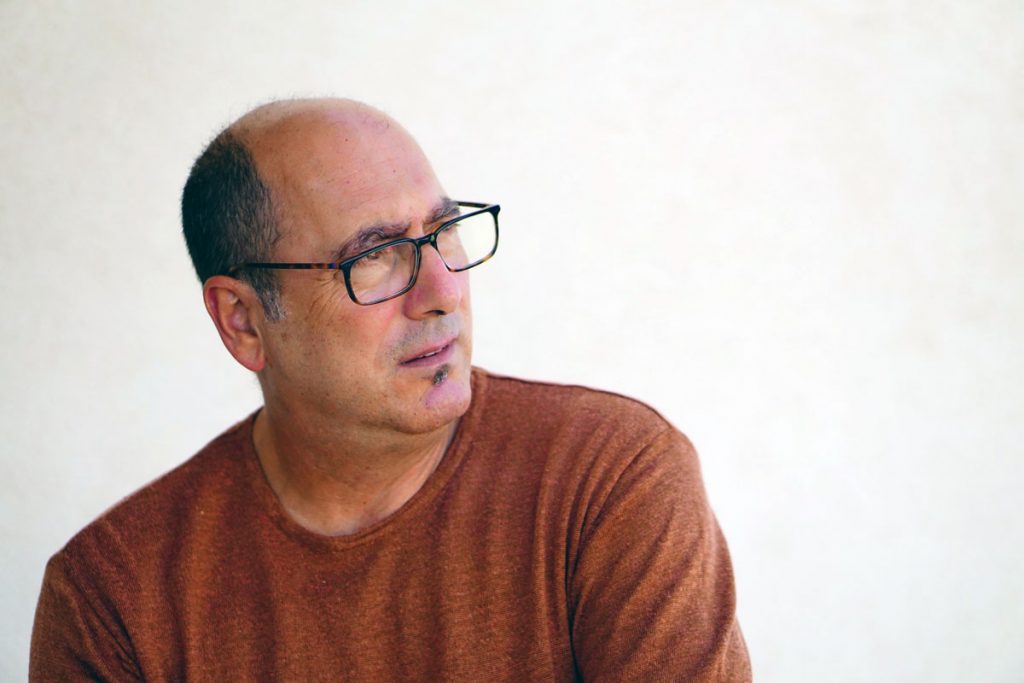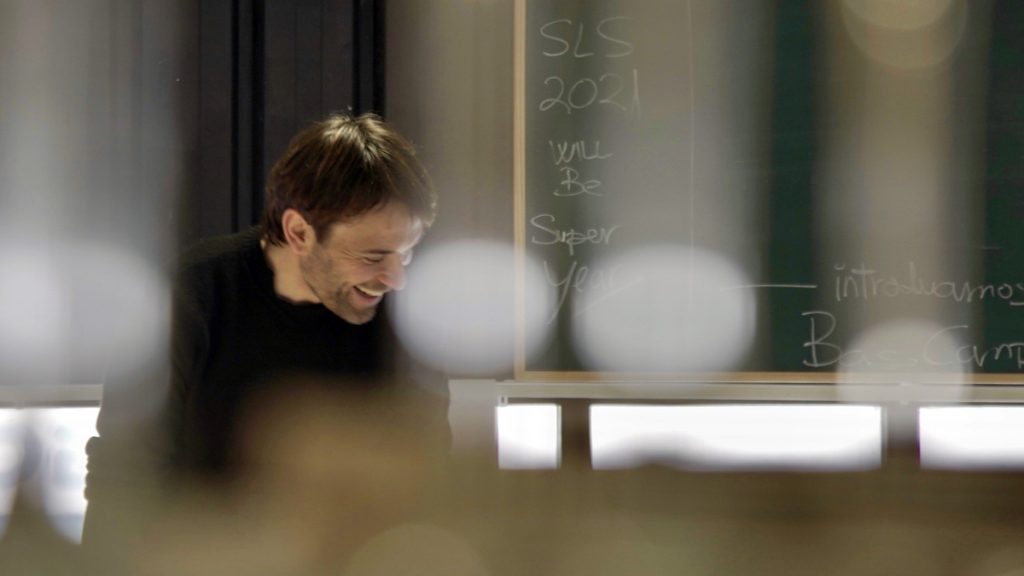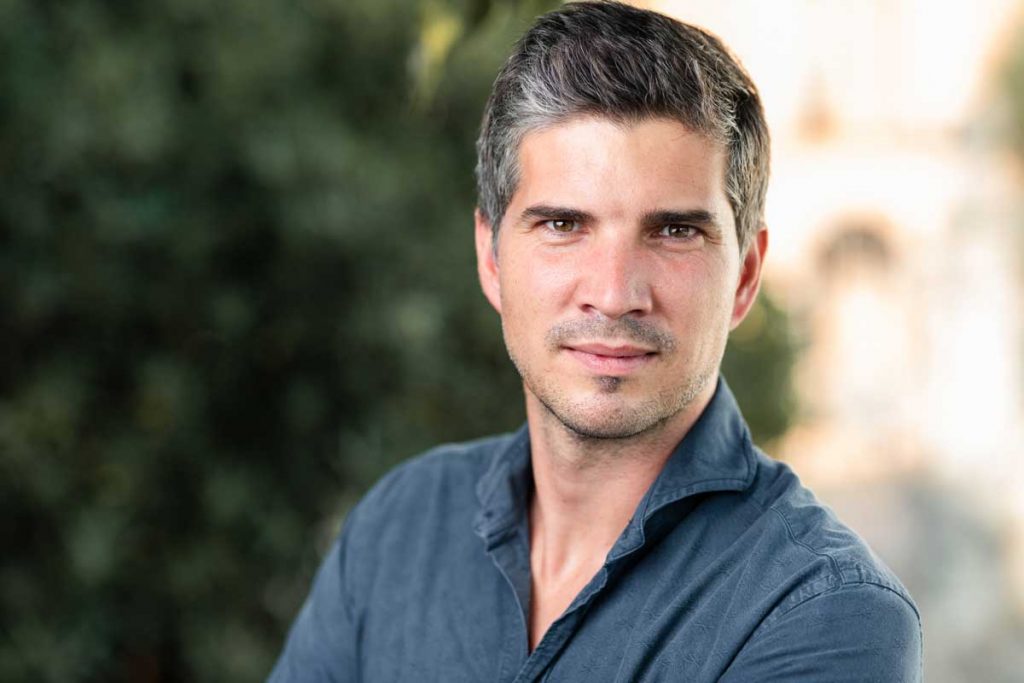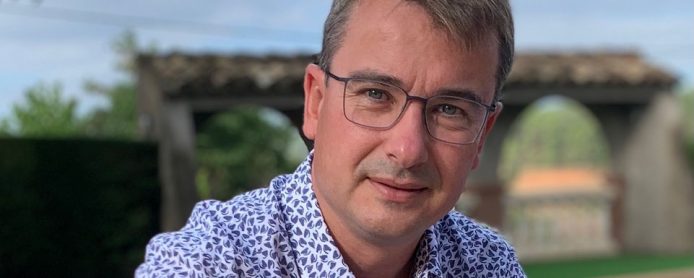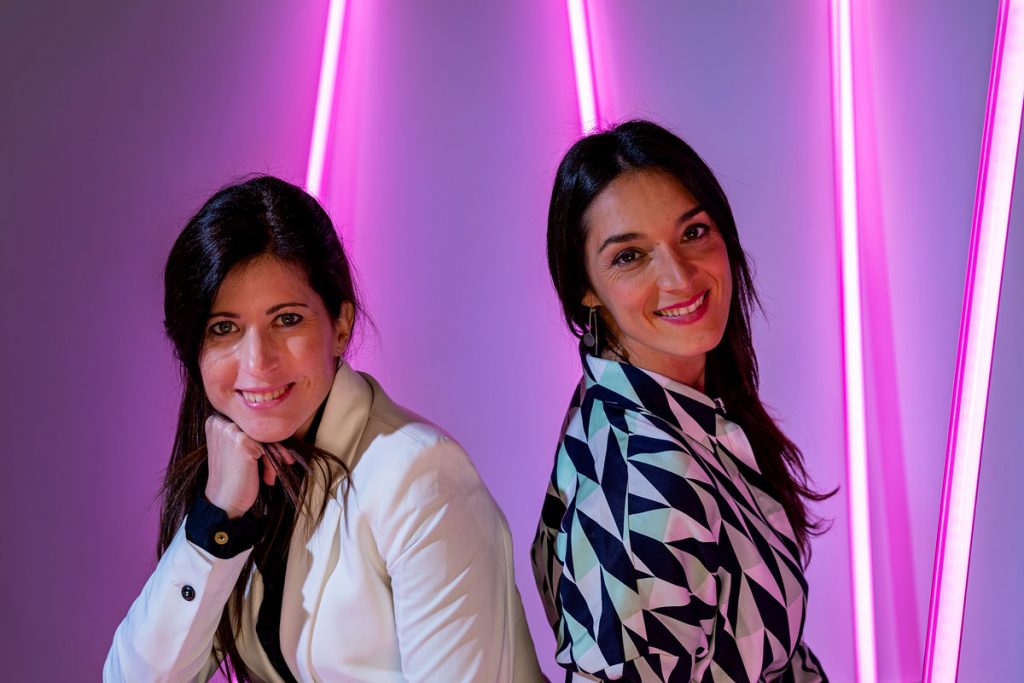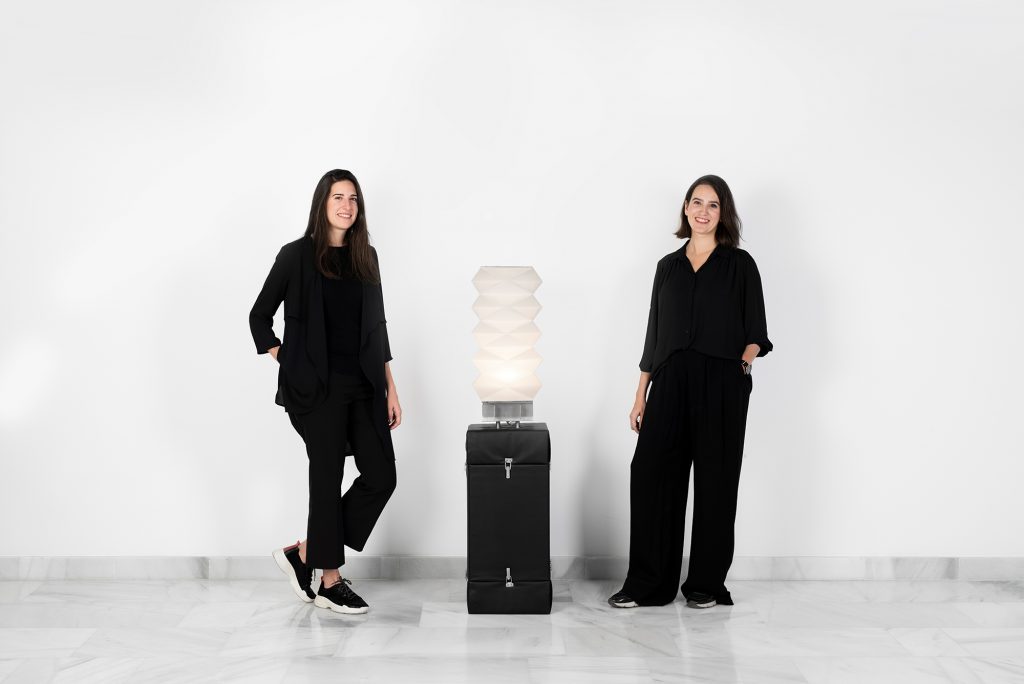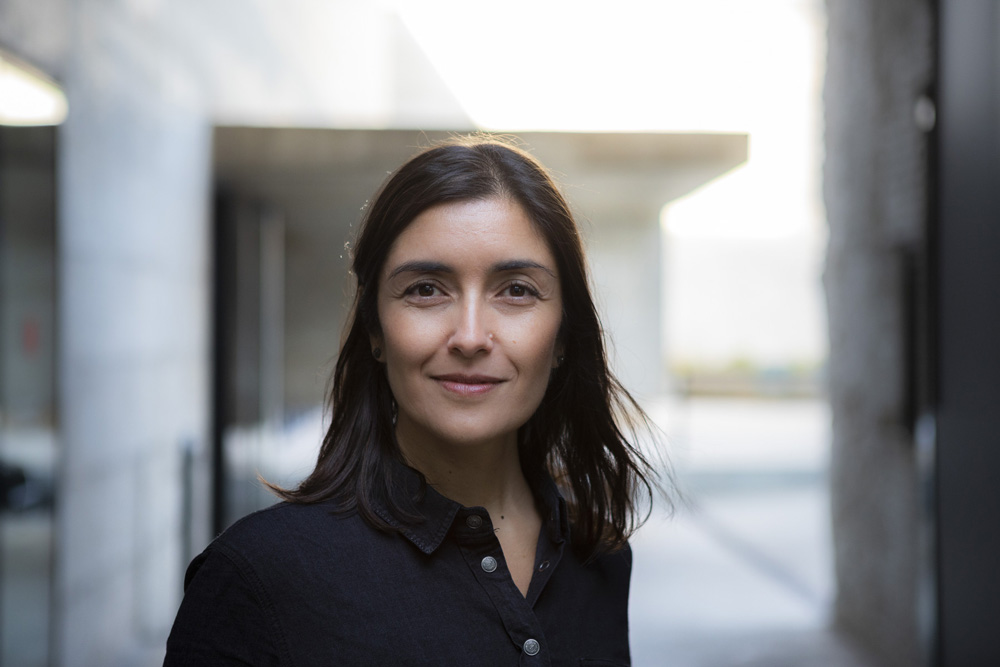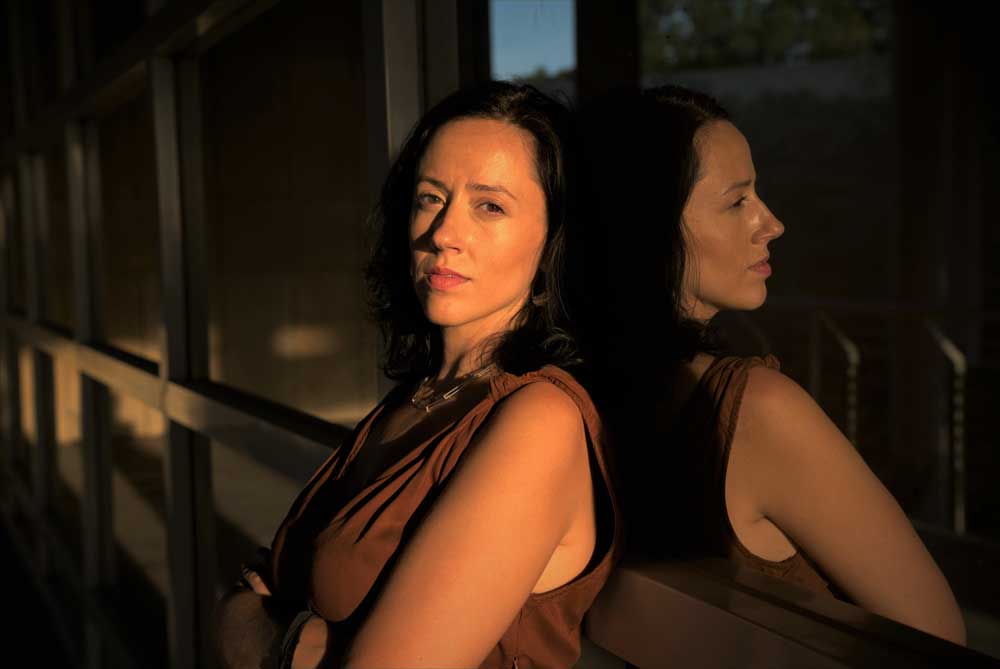
Giving new life to places of high historic value through the power of light is one of the signature traits of this bold and passionate lighting designer who knows how to transform challenges into opportunities. His most recent work in the famous church, the Iglesia del Sagrado Corazón in Melilla, where he worked closely with José Antonio Fernandez of Chacel 8 Arquitectura, is an excellent display of his ability to enhance the hidden beauty of cultural heritage with high-tech solutions.
When did you initially take an interest in lighting? Was there anything in particular that sparked that interest or did it just develop over time?
Working as a manager at a company that did electrical installations, I detected a need for expert lighting professionals; whenever we needed guidance or calculations, we virtually had to get down on our knees and beg for help. This, along with the fact that I was at a point in my life when I needed a change. So, I explored a bit and I soon discovered the figure of the lighting designer and the Master’s Degree in Lighting Design at the School of Architecture of Madrid. I registered, took the courses, and my life completely changed from there on out.
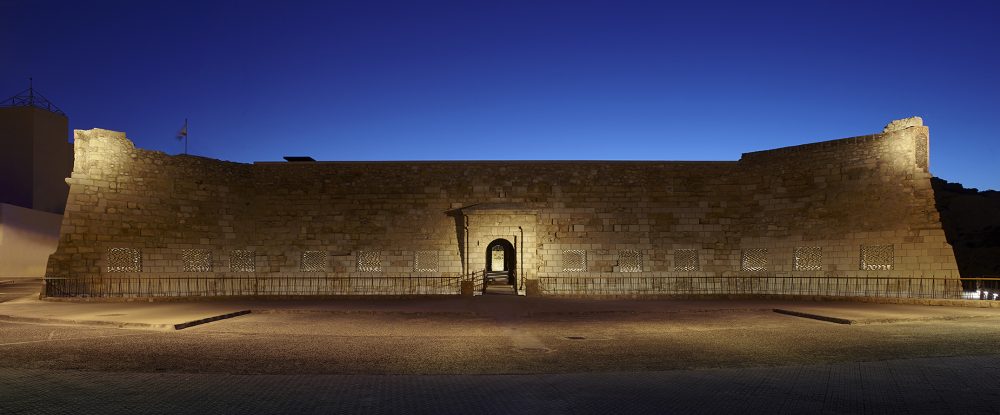
Was it at that point that you decided to establish yourself independently?
In 2013, coinciding with the submission of my thesis for the master’s in lighting design, I was commissioned to develop the lighting for the Victoria Grande Fortress in Melilla. So, at the end of the same year, 2013, I founded my studio, DCI Lighting Design. I was sure that I wanted to devote my professional career to this field.
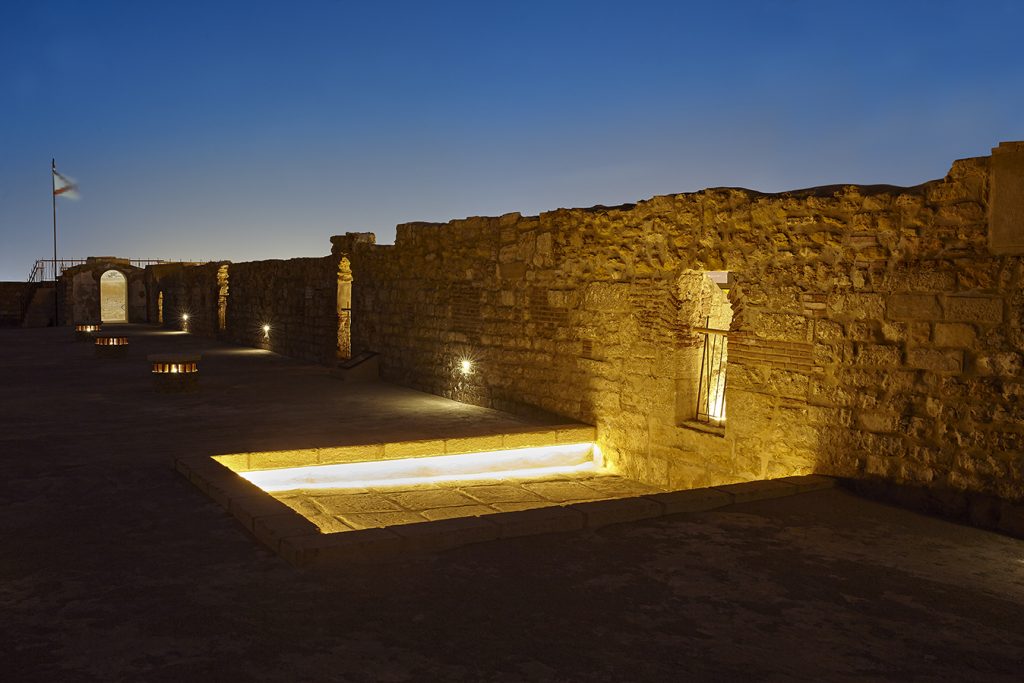
You couldn’t have started your career any better. In addition to “putting your name on the map”, the Victoria Grande Fortress project in Melilla earned you several international lighting awards.
In my years as the manager of an electrical installation company, I had worked with José Antonio Fernández at Chacel 8; so, when I finished my master’s, I introduced myself, I spoke to him about the figure of the lighting designer and I offered my services. I must have been so enthusiastic that he decided to give me a chance on a project of such magnitude as that of the Fortress, where we were able to develop the lighting and the architecture at the same time. If I needed a conduit or a recess or if I needed to hide a light, I was able to study it with him directly and we’d agree on a solution. Together, we developed the story we wanted to tell about the space and we managed to make light an essential constructive element within the refurbishment.
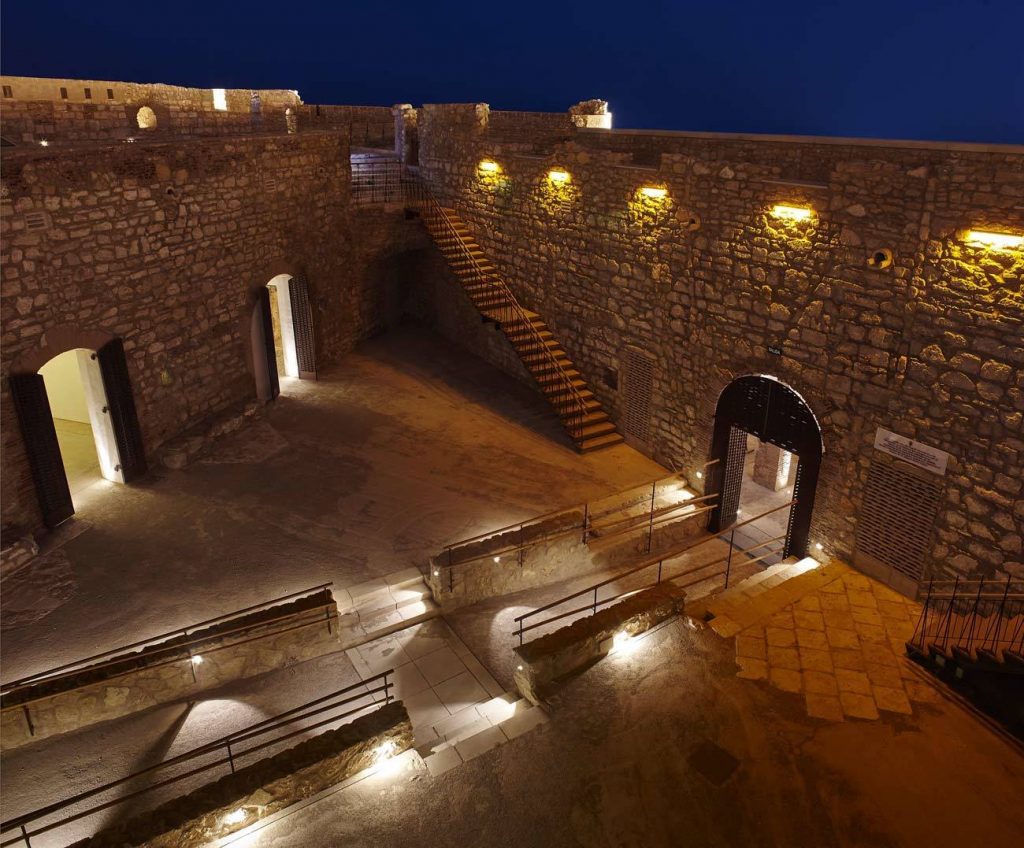
That was undoubtedly an amazing opportunity to put your studies and your knowledge to practice.
I had just finished my master’s degree, but José Antonio exploited all my resources. I remember that on our first site visit together, the space was completely in ruins. It was a cold and intensely rainy and windy night. And he said to me, “I don’t know how you’re going to do it, but I want magic here”. And he added, “I don’t want a lit space; instead, I want the light to enter into dialogue with both the architecture and the scars that history has left behind on its walls”. And though I had loads of experience with installations, at that time, a project like this, where I had to draw textures with light and transport future visitors to another era, seemed like an impossible goal for me. But I took it as a great challenge and I spent two months devoted solely and exclusively to working on each and every detail, while supervising the project. It was a huge endeavour.
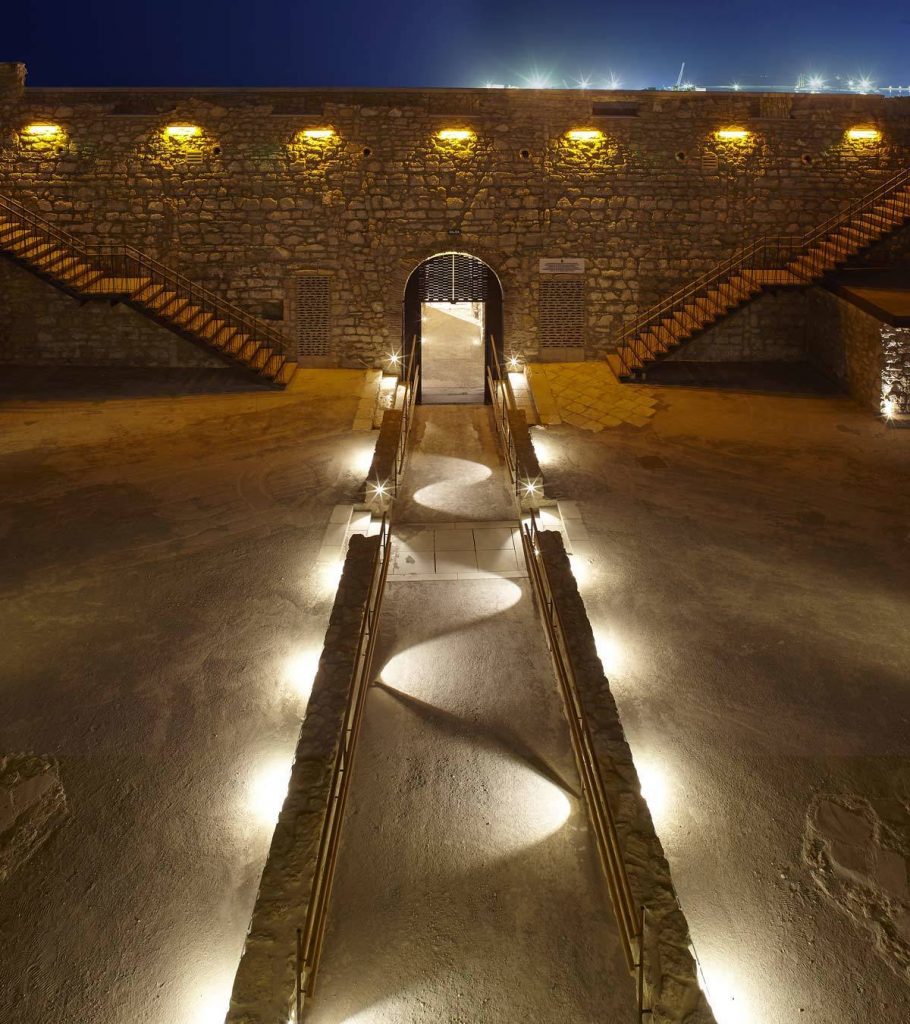
Your last collaboration with Chacel 8 Arquitectura was the refurbishment of the church, the Iglesia del Sagrado Corazón in Melilla. What role does the lighting play?
The church had already been through several phases of refurbishment and by then it was time to do the electrical installation and the lighting. As project supervisor, José Antonio from Chacel 8 opted to work with us again, as he is a great advocate of multidisciplinary teams, where different professionals bring their visions to the constructive process. In this case, we also tried to tell a story through the lighting and the architecture. It was again a tough and complicated process, given the conditions of the installations, and because we always want the lights to blend into the architecture, so that the space itself takes centre stage.
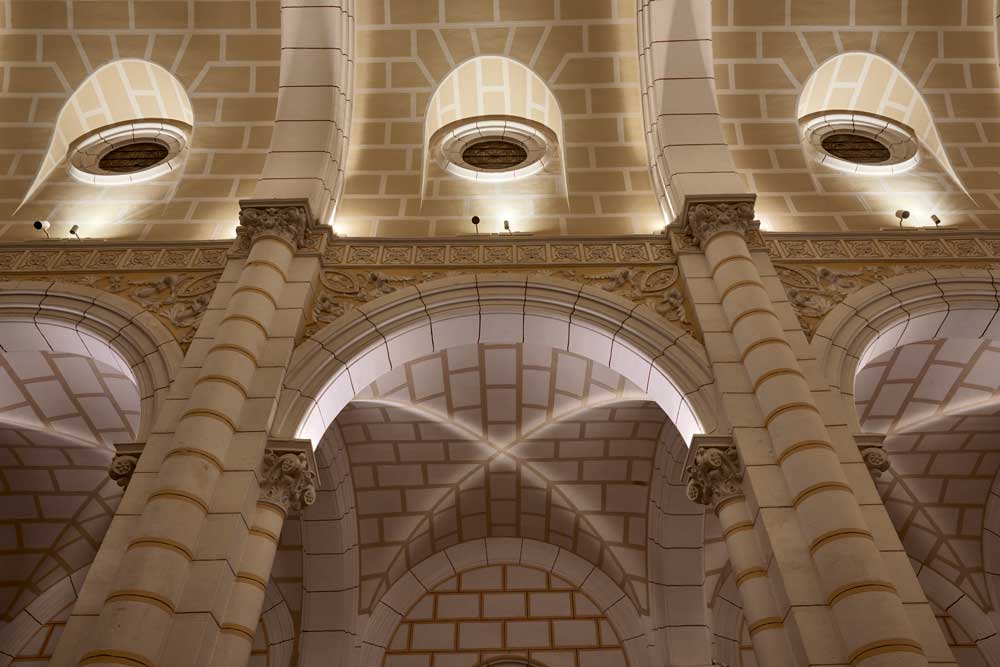
At the Sagrado Corazón you used lights from Lluria. What lighting effects did they afford you?
On this project, we used linear lighting profiles with asymmetrical optics. We built in the lighting above the capitals of the side naves, for a more diffused distribution of the light along the entire arch. Also, in the main dome, we implemented a special LED strand that turns in the opposite direction to the usual one. That solution has given us a very even lighting of the dome, while still hiding the actual fixture from the eye of the observer. We like working with Lluria. We trust them. The quality is optimal and they always make it easy for us when it comes to getting custom-cut material.
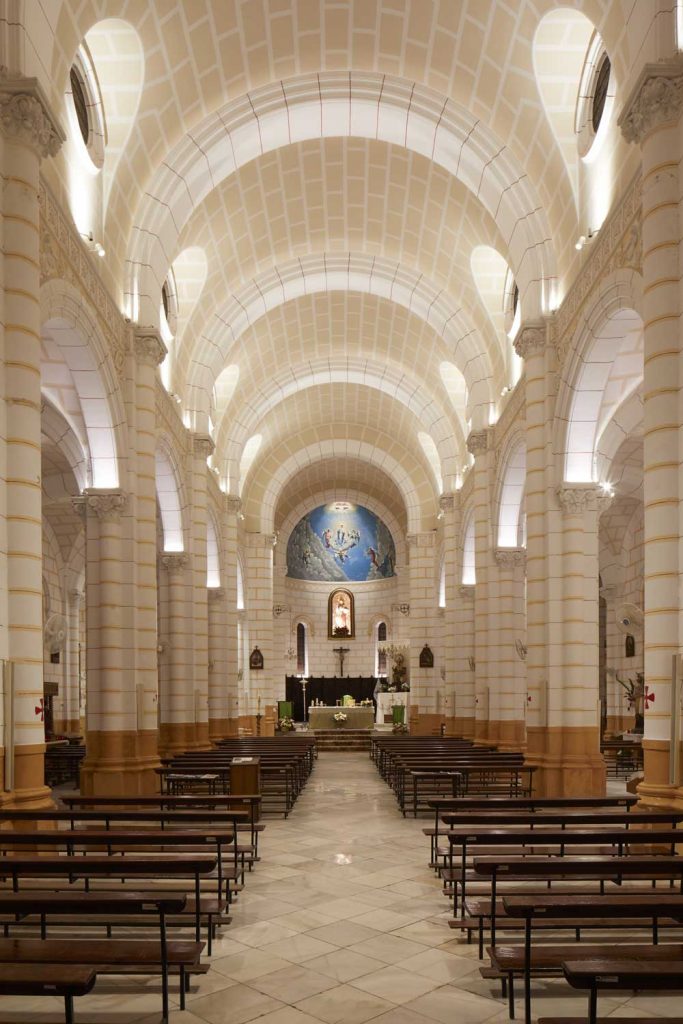
Would you say that light is one of the best materials for construction?
What can I say as a lover of lighting! Personally, I can’t conceive of any space where lighting is not a constructive material that allows you to transform architecture. I like to say that an architectural space must have more than one reading: the reading provided to the architecture itself by the natural lighting; and that of the artificial lighting that enables you to call the attention of the observer and create new accents.
